What is an inert ceramic?
Inert ceramics refer to ceramic materials that have stable chemical properties and are not easy to chemically react with substances in the surrounding environment (such as chemical reagents, biological tissues, etc.) during use. This ceramic material usually has the characteristics of high melting point, high hardness, good wear resistance and corrosion resistance.
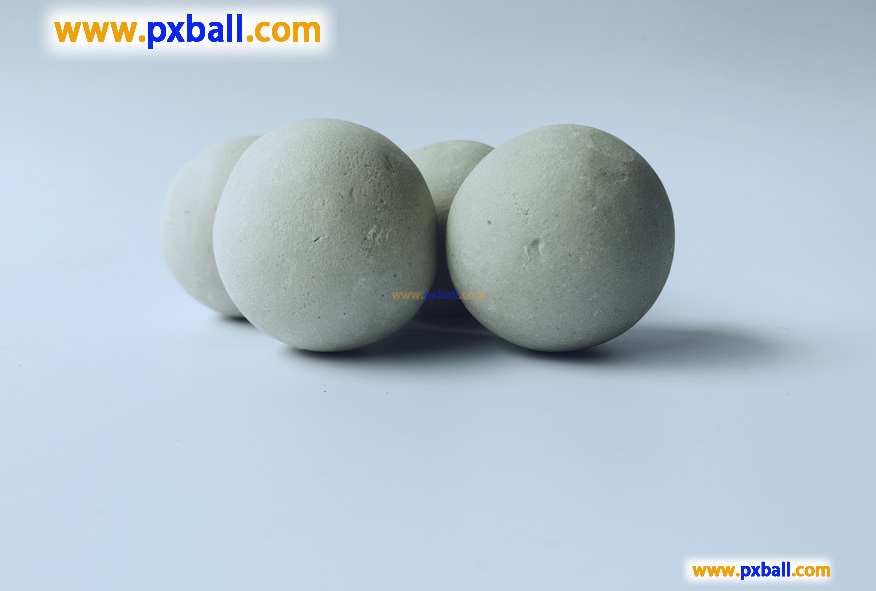
Types of inert ceramics
Oxide ceramics: Many inert ceramics are based on oxide as the main component. For example, alumina ceramics are a typical inert ceramic. This strong chemical bond makes alumina ceramics have high hardness and chemical stability. Its crystal structure is hexagonal tightly packed structure, and the atoms are arranged in a tight order, which helps to improve the stability of the material, so that it can maintain stable performance in high temperature and corrosive environment.
Non-oxide ceramics: like silicon carbide is also a kind of inert ceramics. It is made of silicon and carbon atoms bonded together through covalent bonds. The directivity and saturation of covalent bonds make sic have high hardness, high strength and good chemical stability. There are many types of crystal structure, such as hexagonal crystal structure, which makes silicon carbide ceramics exhibit excellent performance in harsh environments such as high temperature and strong corrosion, and can resist the erosion of chemical substances such as acid and alkali.
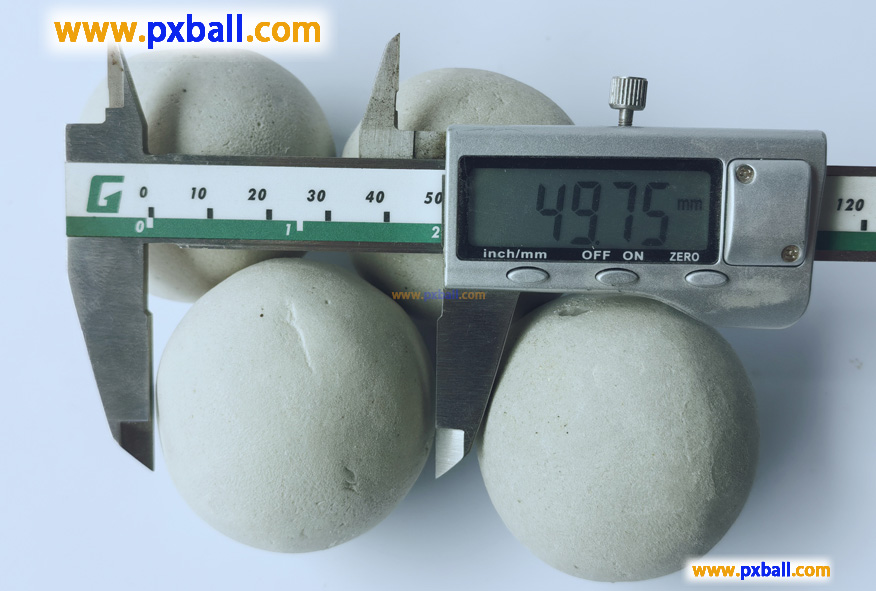
Applications of inert ceramics
Chemical industry: Inert ceramics can be used to make the lining of chemical reactor. Because the chemical production process often involves corrosive substances such as strong acids and alkali, the chemical stability of inert ceramics can effectively protect the metal shell of the reactor and extend the service life of the reactor. For example, in the production of chlor-alkali industry in the electrolytic cell, the use of ceramic lining can resist the corrosion of chlorine gas, sodium hydroxide and other highly corrosive substances.
Medical field: Inert ceramics are used to make artificial joints, dental implants and other medical devices. Taking the artificial hip joint as an example, the friction coefficient between the ceramic femoral head and the acetabulum is small, the wear rate is low, and the chemical inertia of the ceramic material makes it not react with the blood and tissue fluid of the human body, which reduces the rejection reaction of the patient and improves the service life of the implant and the quality of life of the patient.
Electronics industry: In terms of electronic packaging materials, inert ceramics can be used as a package shell for chips. Because it can protect the chip from the influence of the external environment (such as moisture, chemicals, etc.), and its good insulation performance can ensure the normal operation of the chip. For example, in some high-precision integrated circuit packages, the alumina ceramic package can provide a stable physical and chemical environment to ensure the performance and reliability of the chip.
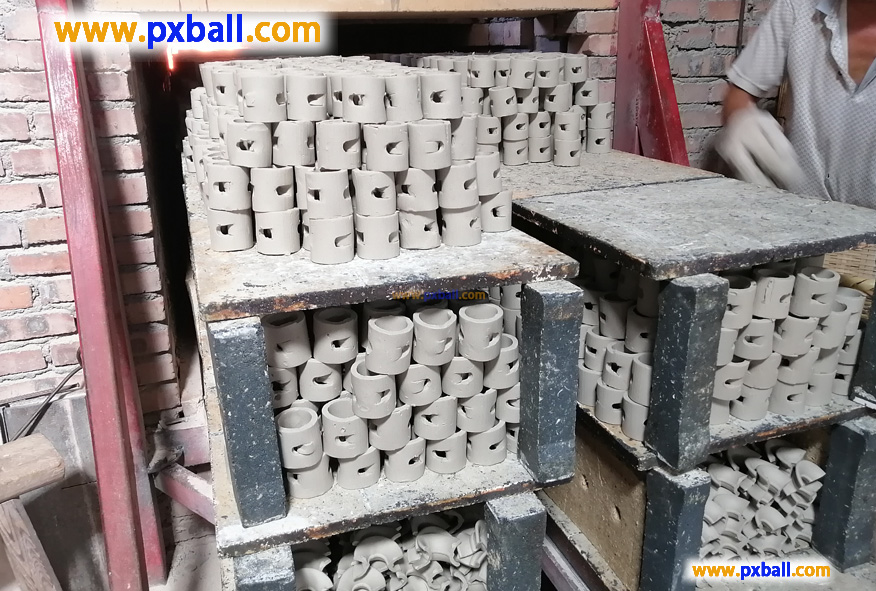
Inert ceramic features:
1. High chemical stability and corrosion resistance: inert ceramics have strong resistance to acid, alkali, salt and other chemicals, and can maintain their original properties in a highly corrosive environment.
2. High hardness: inert ceramics have a high hardness, second only to superhard materials such as diamond, which makes them have excellent wear resistance.
3. Good thermal stability: inert ceramics can withstand sharp temperature changes without cracking or deformation, and high heat resistance temperature.
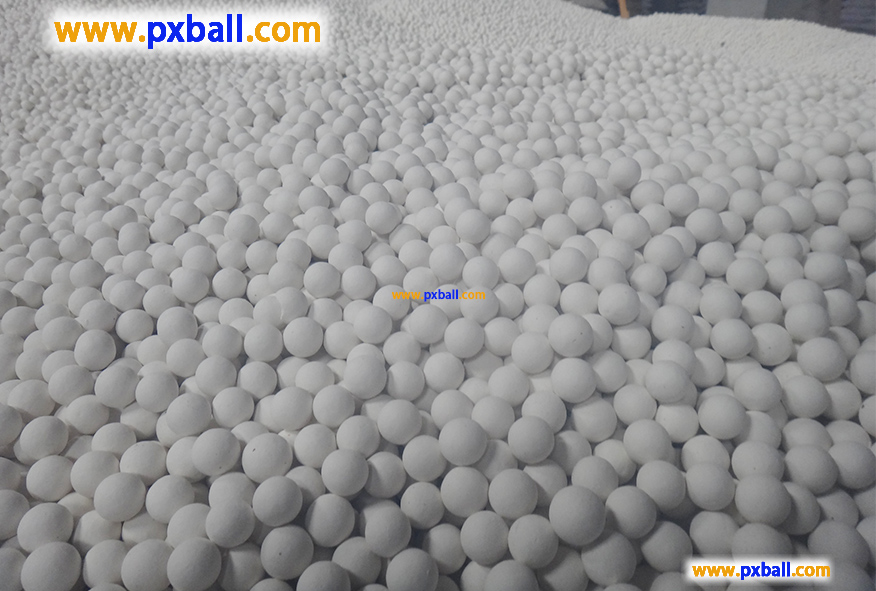
Catalyst Inert Ceramic Packing Process
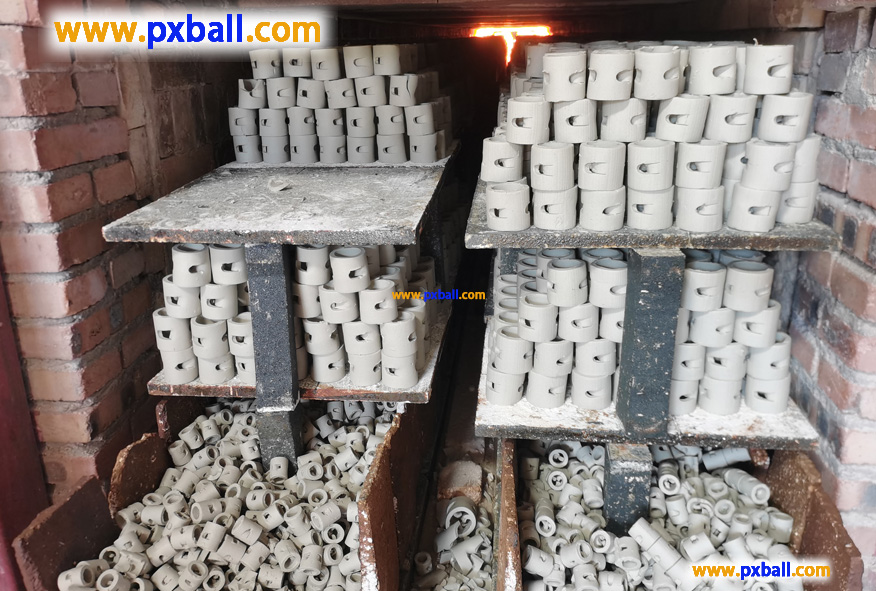
Is ceramic an inert waste?
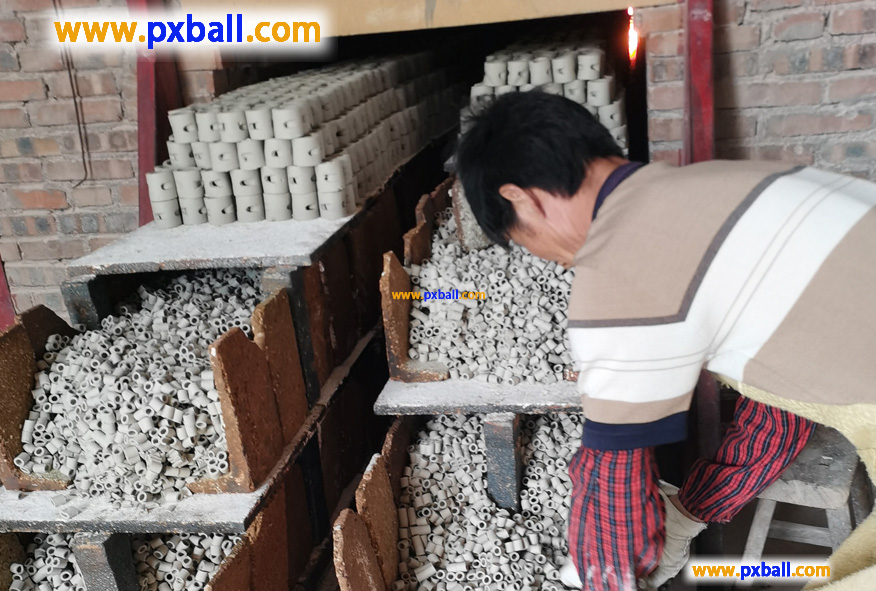
Are ceramics chemically inert?
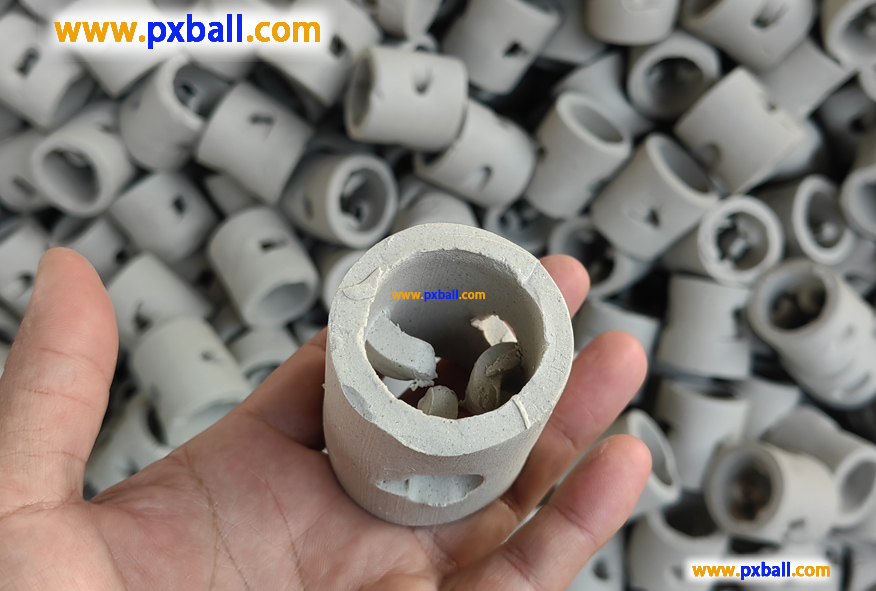
What is inert ceramics?

inert alumina ceramic ball density

Why do inert ceramic balls emphasize the level of aluminium content?
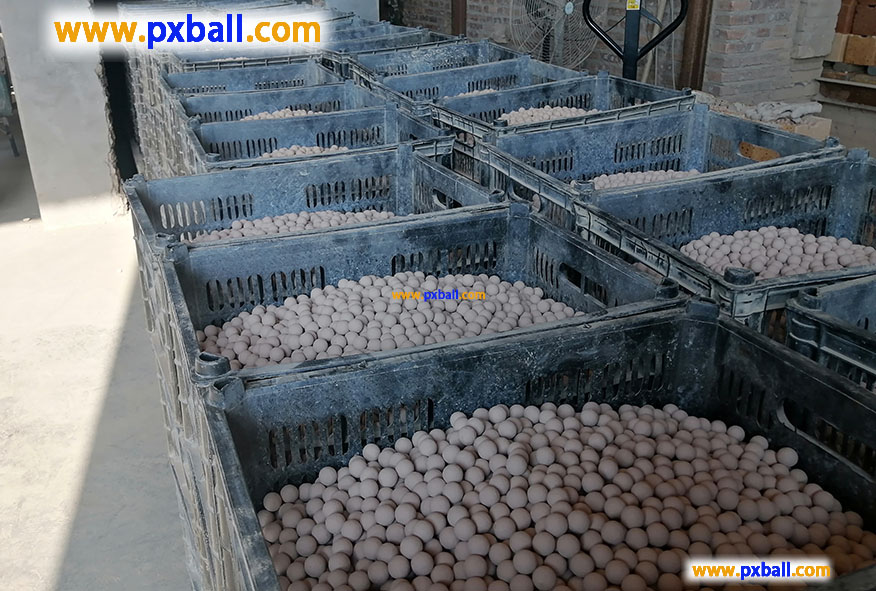
What are alumina ceramic balls used for?
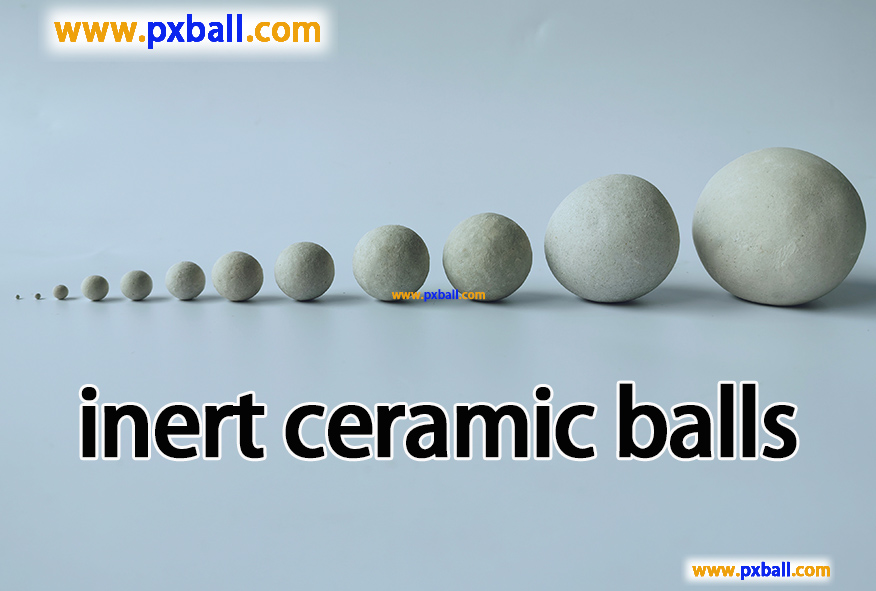
What is inert ceramic ball?